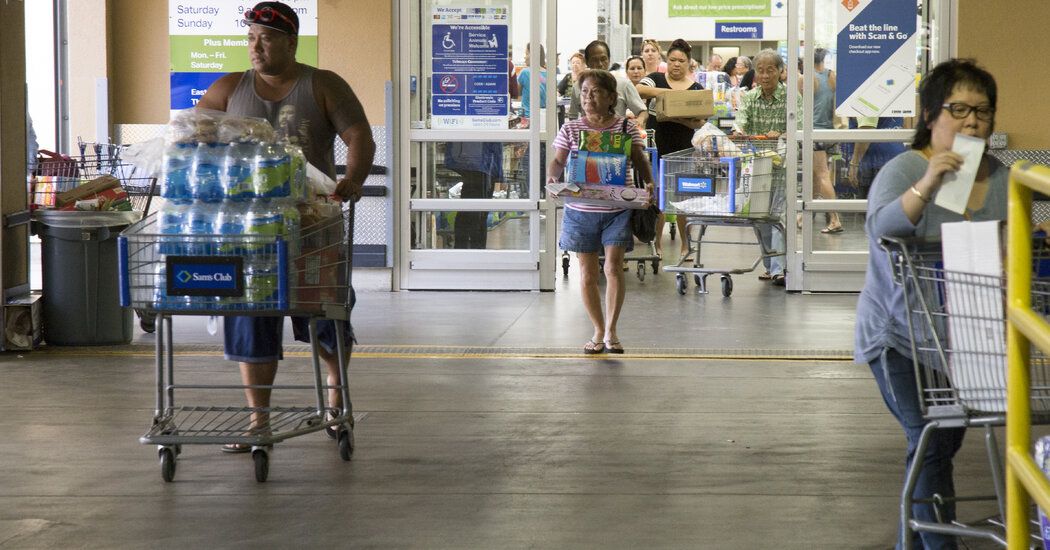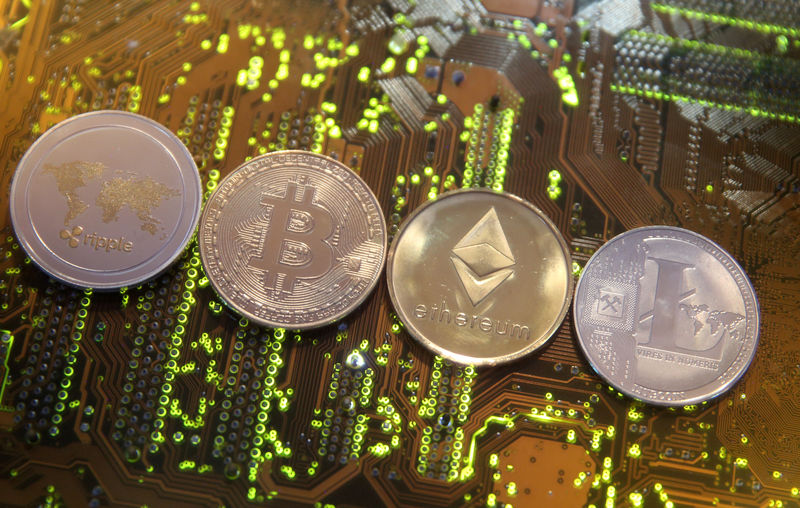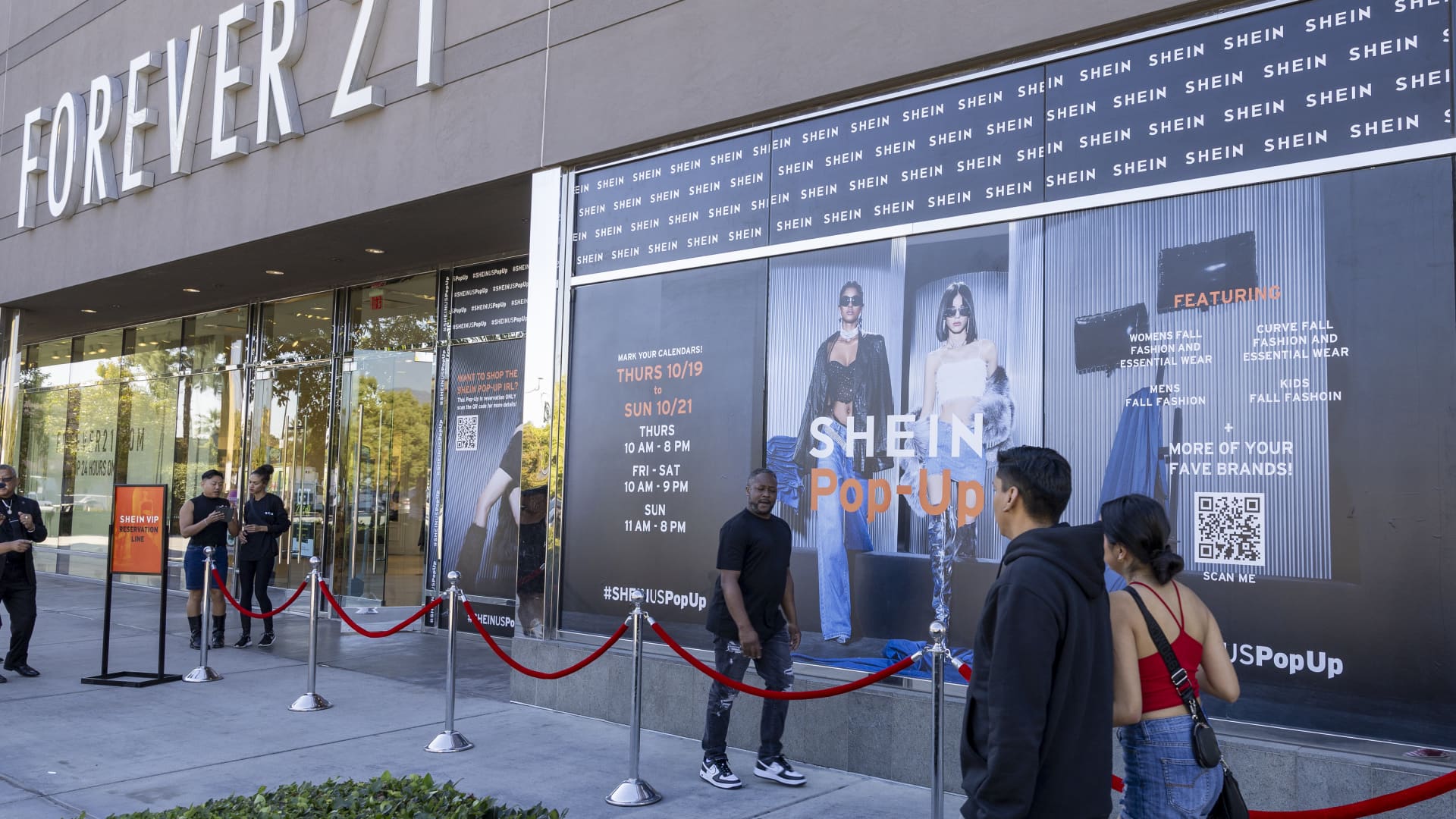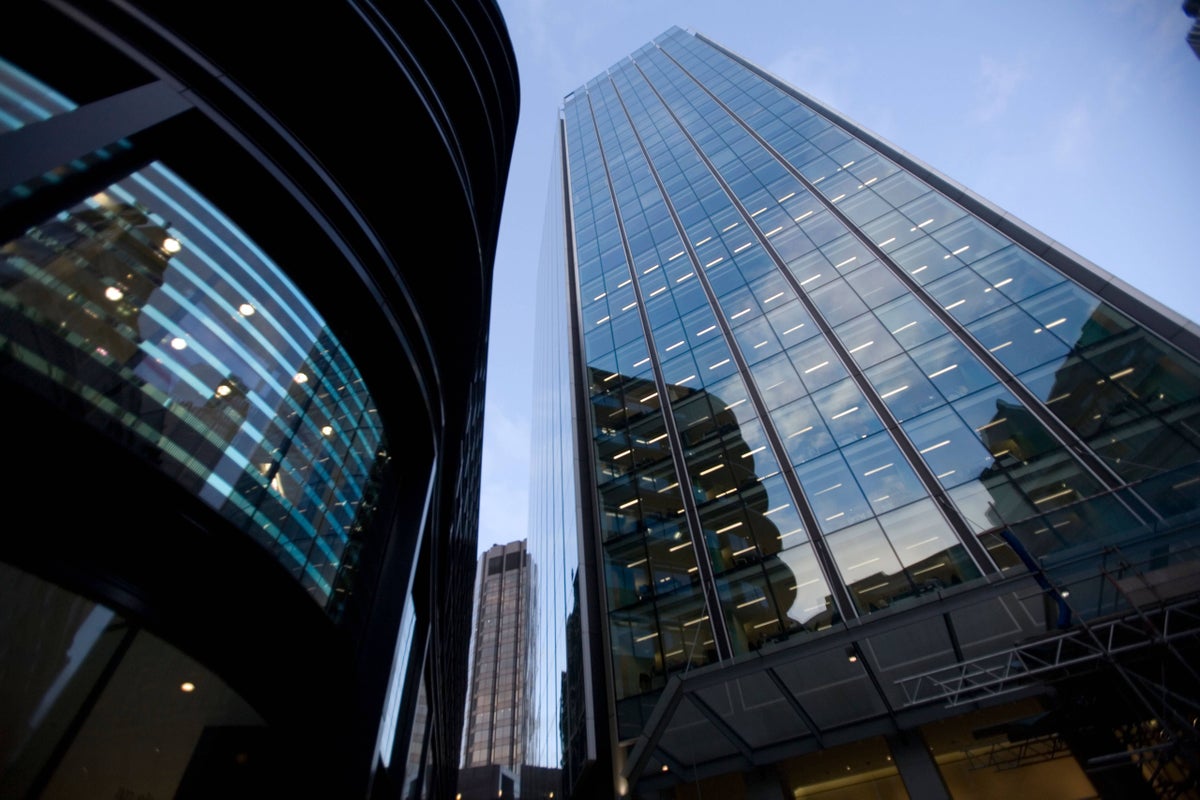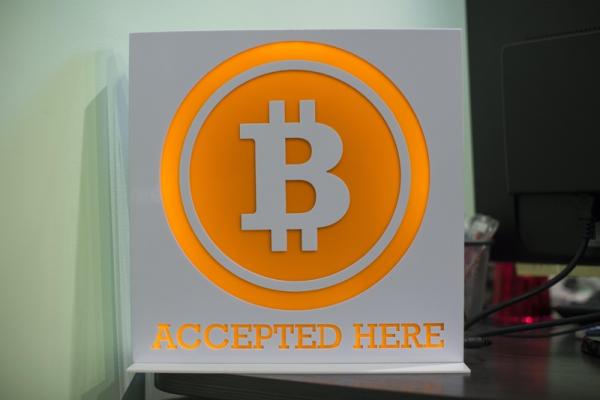Buying things in bulk from wholesale retailers can be an all-day task. Sam's Club, the Walmart-owned retail chain, is trying to shorten that time: using artificial intelligence to scan shoppers' carts so they no longer have to show a receipt at checkout.
“Even the few seconds it takes to scan a receipt at the check-out is worth eliminating,” Walmart executive vice president Megan Crozier announced on stage this week at the company's presentation for the Consumer Electronics Show in Las Vegas.
It has long been common practice at stores that sell bulk items, such as Costco, Sam's Club and BJ's Wholesale Club, for store employees to check customers' receipts on the way out. But this has also led to accusations of racial bias, with some customers saying they were subject to more extensive checks than other shoppers.
At some retailers, such as Sam's Club and Costco, showing a receipt has long been required for everyone leaving the store.
But at other chains, where the practice is applied less consistently, there have been accusations of racial bias. In 2018, home improvement chain Lowe's announced it would discontinue its receipt checking practice after a Black customer said he had been asked to show a receipt at two separate locations and that a cashier at one of the locations had said that the employees there did not normally check receipts because the neighborhood was predominantly white.
Costco, on its website, says there is a practice of “verifying that purchased items have been processed correctly by our cashiers.” The explanation continues: “It is our most effective method for maintaining accuracy in inventory control.”
This can be a frustrating experience for shoppers, who often have to wait in two lines after shopping: checkout and then checkout. One response to this has been the addition of self-checkout lanes.
According to a video presented by Walmart executives, Sam's Club will now have customers go through a door-like portal instead of having an employee stand at the door and review individual receipts, an innovation Crozier described as a reimagining of the future of the retail commerce. The portal is equipped with what Walmart said in a news release was “computer vision and digital technology” to verify purchases.
The technology is currently in 10 locations, but Ms. Crozier told the audience that the company hoped to make the change to all of its approximately 600 locations by the end of the year.
“The interesting thing about this is that we could finally see artificial intelligence working in our everyday lives,” said James R. Bailey, a professor at George Washington University Business School, adding: “And people say, ' Well, your phone does this.' And I said, 'Well, that's just computing speed.' You know, that's just this, that and the other. I don't see it. I don't see the trailer. What Sam's Club is doing is actually something tangible and visible.”
The use of artificial intelligence is increasingly prevalent in the retail sector, especially since the height of the pandemic, which changed the way customers interact with physical stores. Walmart already uses artificial intelligence for inventory management and as a way to anticipate customer demand. (In an example discussed at the Consumer Electronics Show, Walmart CEO Doug McMillon previewed Walmart's evolved home delivery service, which will use artificial intelligence to predict when deliveries will be needed based on tracked shopping habits. ).
In recent years, Amazon launched its “Just Walk Out” technology, which uses artificial intelligence to allow customers to walk out of a store with their purchases and skip checkout lines entirely as their accounts are automatically debited, although this year Amazon closed eight of its Amazon Go. stores, indicating that the retailer is still trying to find its place in the brick-and-mortar space.
Walmart indirectly made a reference to technology by revealing its own attempts to reduce the friction between shopping and going out.
“It's one thing to enable this easy type of checkout technology in a small store for a handful of items,” Ms. Crozier said. “You've all seen it. You can get an apple. A cheese stick. Maybe something as big as a cereal box. But we are doing it at scale.”

